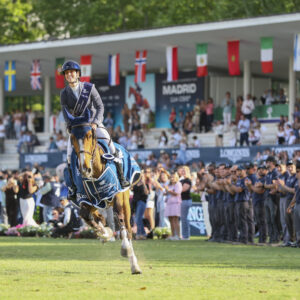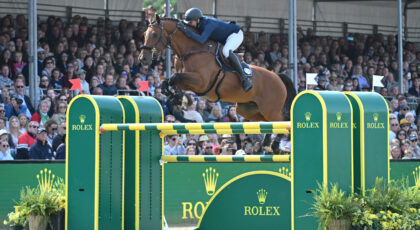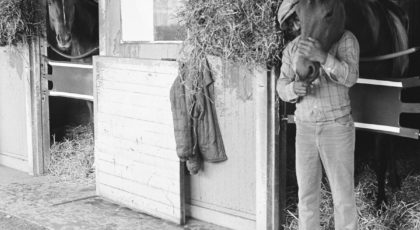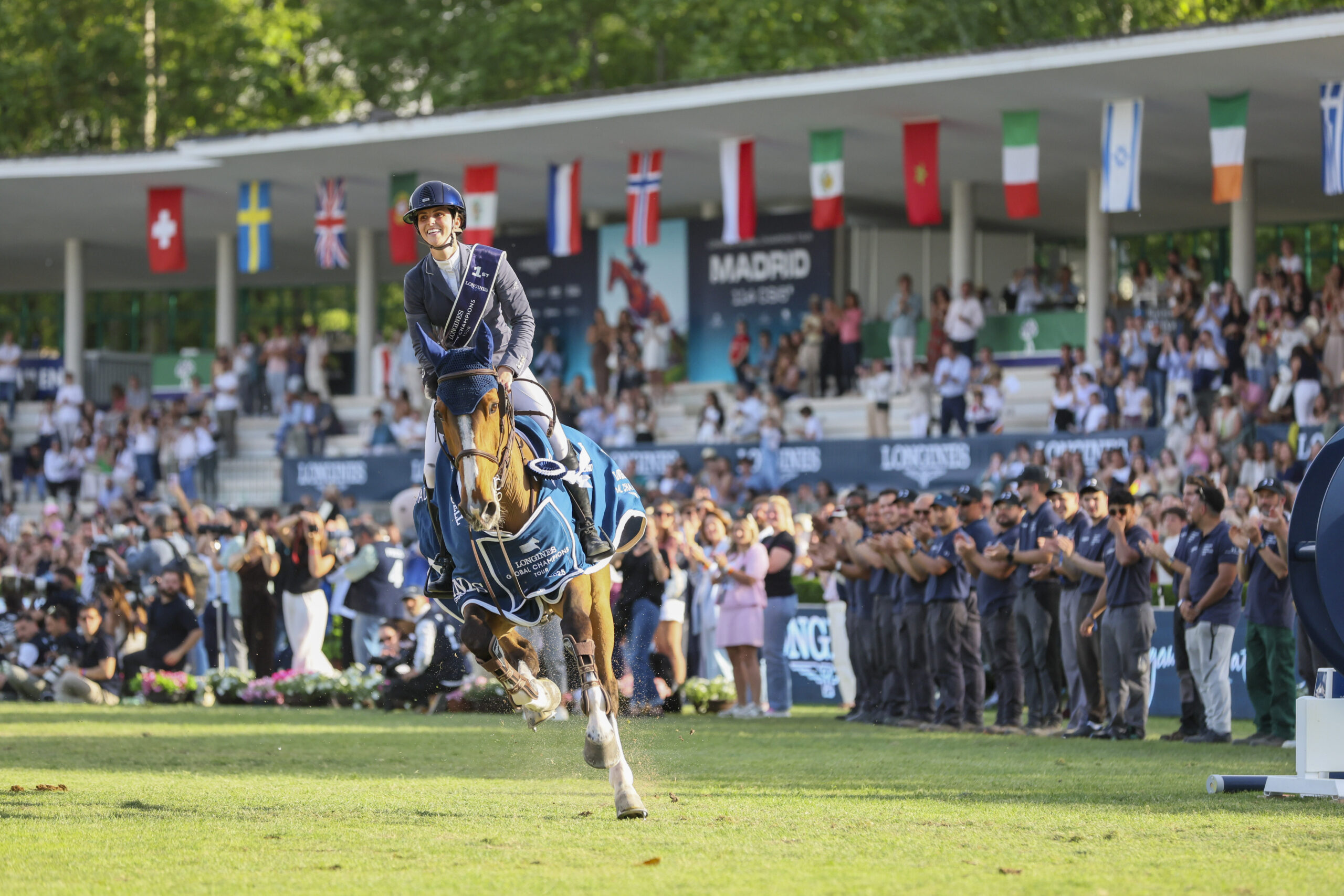Lesson canceled? Rained out of riding? Relegated to the bench by injury?
When life throws a curve ball at your riding plans, you have a choice: You can binge watch Netflix and drown your disappointment in a bag of Flamin’ Hot Cheetos. Or, you can channel that lost time into something productive for your riding career.
“Even when you’re not riding, there are things you can do that feel like preparation and will then lend themselves to getting you back in the saddle with confidence,” says mental skills coach Tonya Johnston, of Berkeley, California. “You want to carry through that positive attitude and motivation where you can, you want to channel it somewhere productive.”
Here are six ways, she says, you can make the most of your time out of the tack.
Expand your cross-training repertoire
“If you miss several lessons in one week, do something to work on your strength or cardio. Try Pilates. Do yoga. Supplement the riding time you’re missing with some physical strength work,” advises Johnston.
“You want to be a well-rounded athlete and feel that you have good core strength, good cardio, that you have some weight training mixed in. Mentally, that’s going to give you confidence.”
Exercise a growth mindset
“Part of the frustration when you miss out on riding is the time wasted,” continues Johnston. “It’s helpful to feel like you’re stretching yourself, like you’re learning and being productive and not just standing still. Reading is a great way to accomplish that.”
She suggests keeping a collection of inspiring books in your personal library to pull out when weather, life or the unexpected keeps you out of the saddle.
“It can be training books in your discipline, sport psychology books geared to equestrians or to athletes in general, or a motivating athlete biography about tennis player or a long distance swimmer—you never know where you are going to pick up a new little gem for yourself. Maybe you learn something about mental toughness,” she says.
Visualize with video
“Horse people are often very visual. Be proactive about feeding your brain inspiring examples of goals you are working on. That can feel exciting and productive,” says Johnston.
“Watch live streams or search YouTube for riders who exemplify the qualities and skills on your goal list. If you’re working on being super quiet in the air, you might watch Beezie Madden in a Grand Prix and focus on her leg in the air. Or find a video of Marcus Ehning and concentrate on the way he uses his hands. Watch whoever inspires you.”
Do your pre-show prep at home
“In sport psychology, we often talk about visualization as a way to prepare for performance. If you have a show coming up, watch videos from the year or two prior at that venue to wake your awareness up to what it’s like to ride in some of those rings,” she continues.
“Draw up specific courses in your mind and ride them. Keep that muscle memory fresh and active. Even if it’s a week away, your actions, your reflexes, your instincts will be more online. You won’t feel as rusty when you get back in the tack or the show ring.”
Exercise mindfulness
“Riding requires mindfulness—having a quiet mind and being able to react to your horse in the moment. That awareness of where you are and acceptance of how you feel at the same time,” says Johnston. “You can work on that. Do meditation. Do breath work. You can do mindfulness with your cross training, like with yoga.”
Practice adjusting your focus
“One thing I’m really interested in is having people adjust their focus appropriately when their heart rate is elevated. When we elevate our heart rate sometimes we start to narrow our focus. The same thing happens when we get nervous. Everything kind of shrinks down,” she explains.
“When you’re on course or in the middle of a dressage test, you’re working, you’re physically engaged and need to keep your focus appropriately placed, depending on the demands of the moment.”
Ideally, she says, your focus should feel like a heavy-duty flashlight where you can twist the end to make the beam narrow or broad. Simulating that skill while exercising can make for valuable preparation.
“If you’re on a treadmill, pick a focal point ahead of you and narrow your focus to that one spot. Then widen your focus, become aware of the guy in the corner doing a dead lift and the woman stretching over there,” says Johnston. “You are practicing this idea of begin able to effortlessly control your focus, back and forth, with an elevated heart rate. That does a nice job of mimicking what you want to be able to do while you ride.”
Next time, you’re riding is sidelined by life, make like Fifth Harmony and work from home.


 June 10, 2016
June 10, 2016 
























